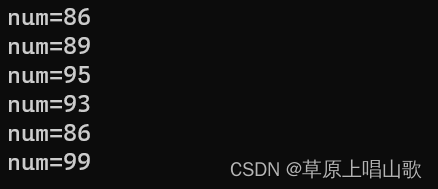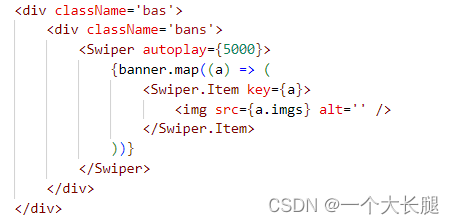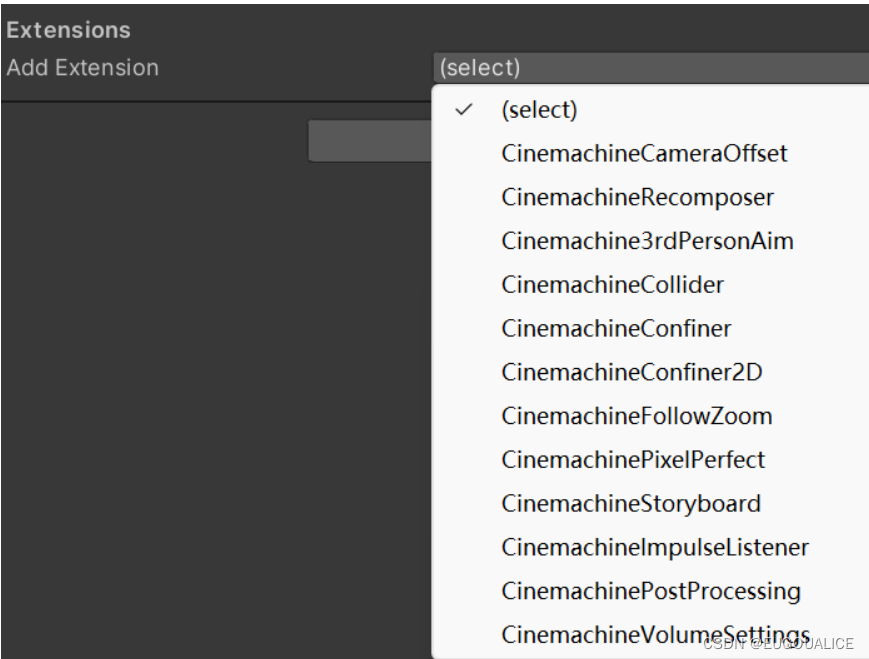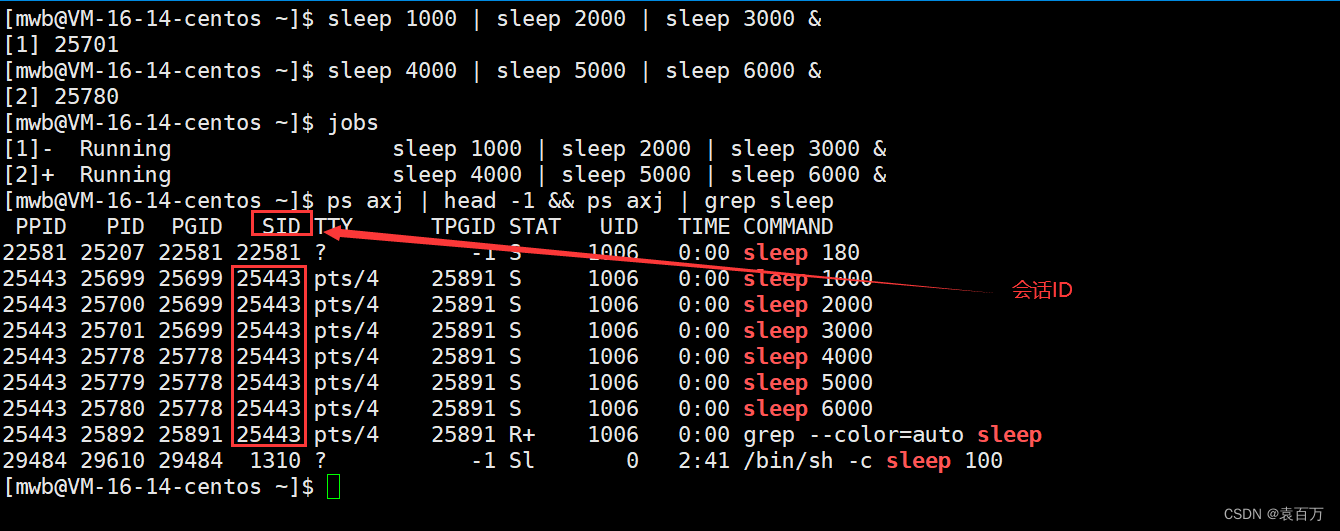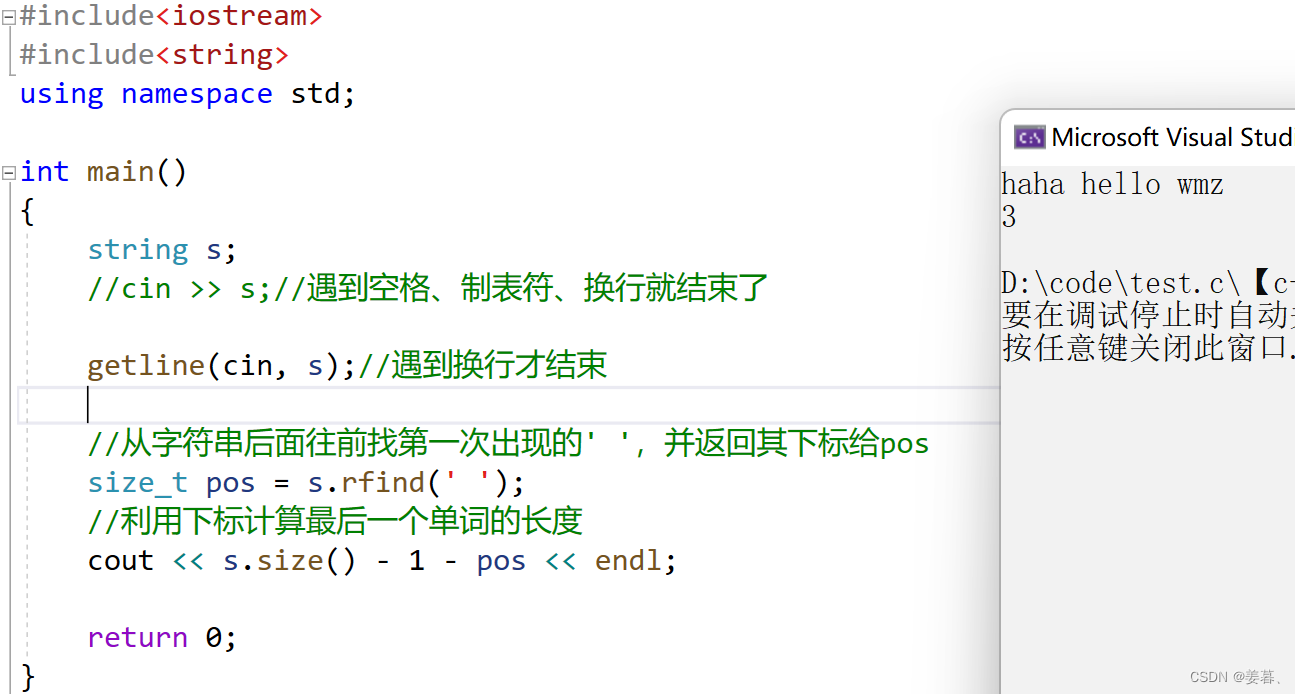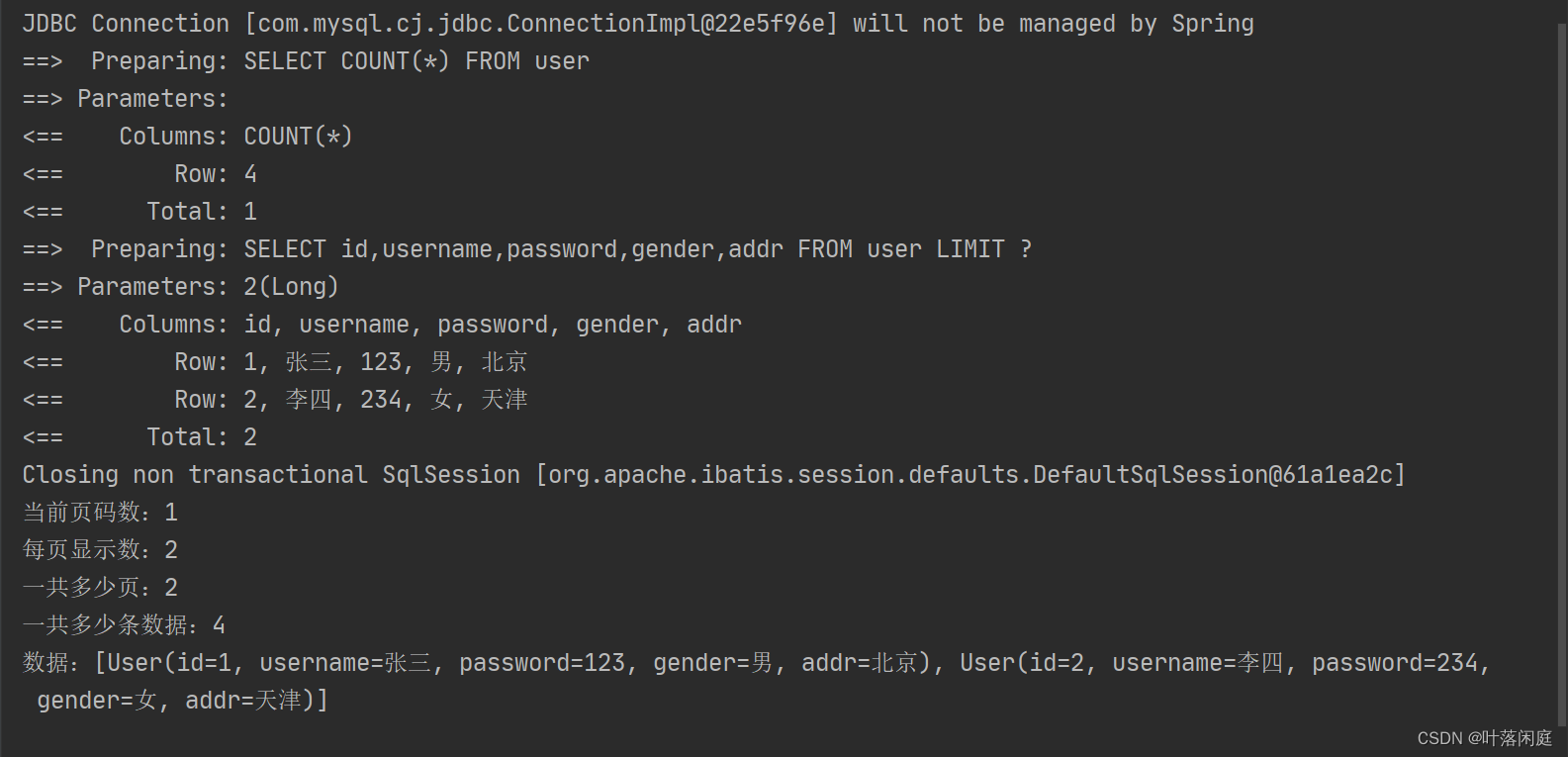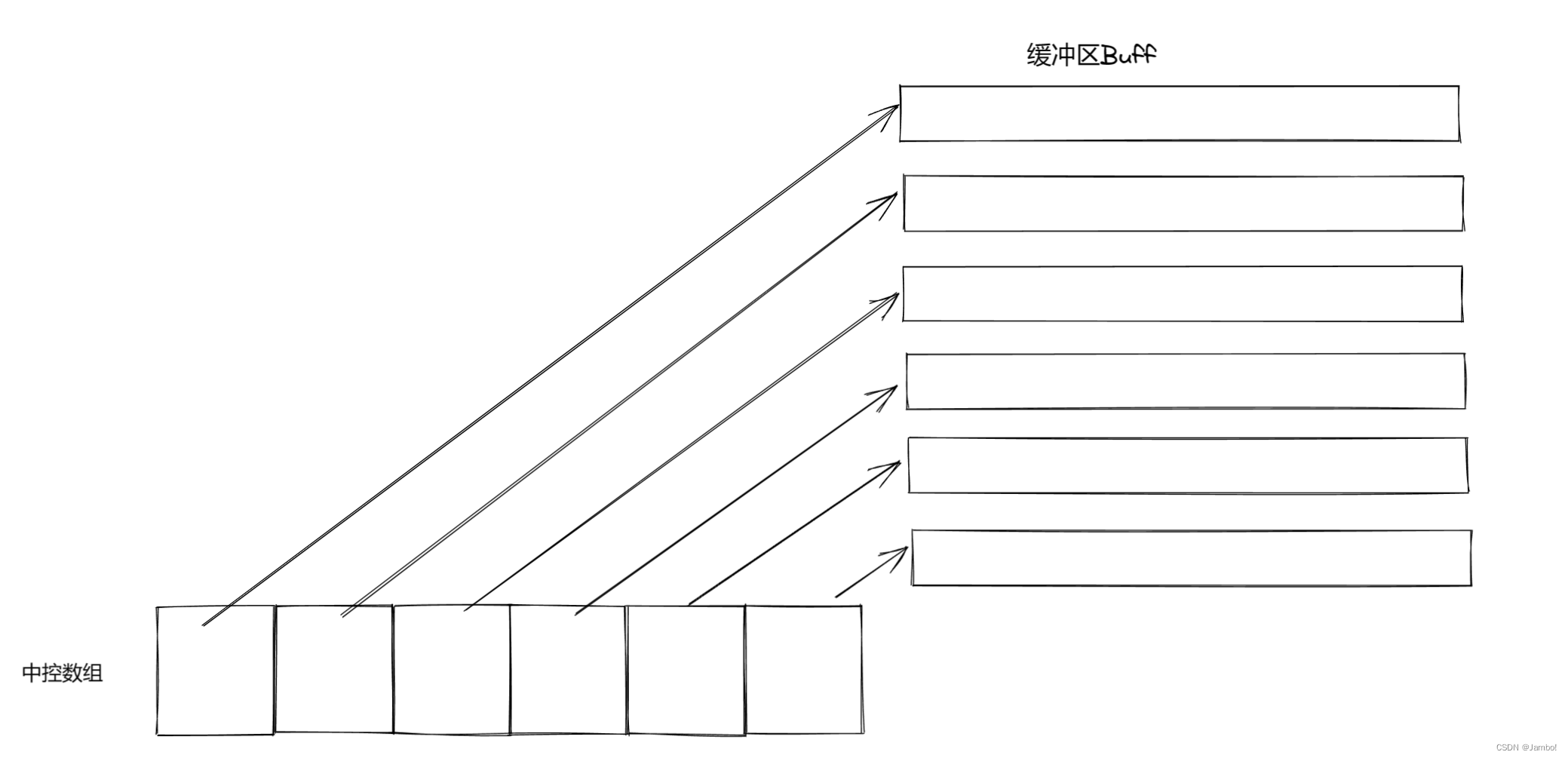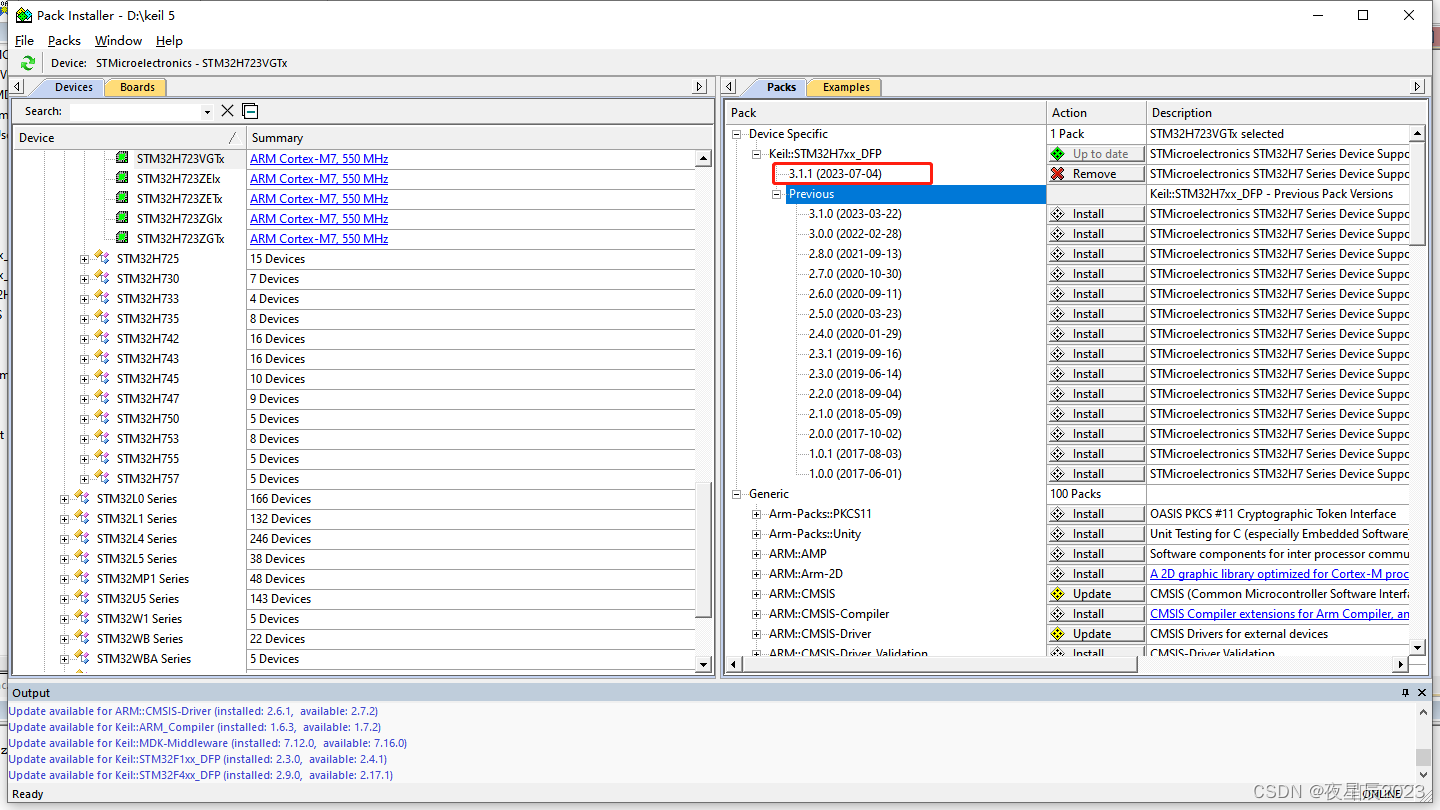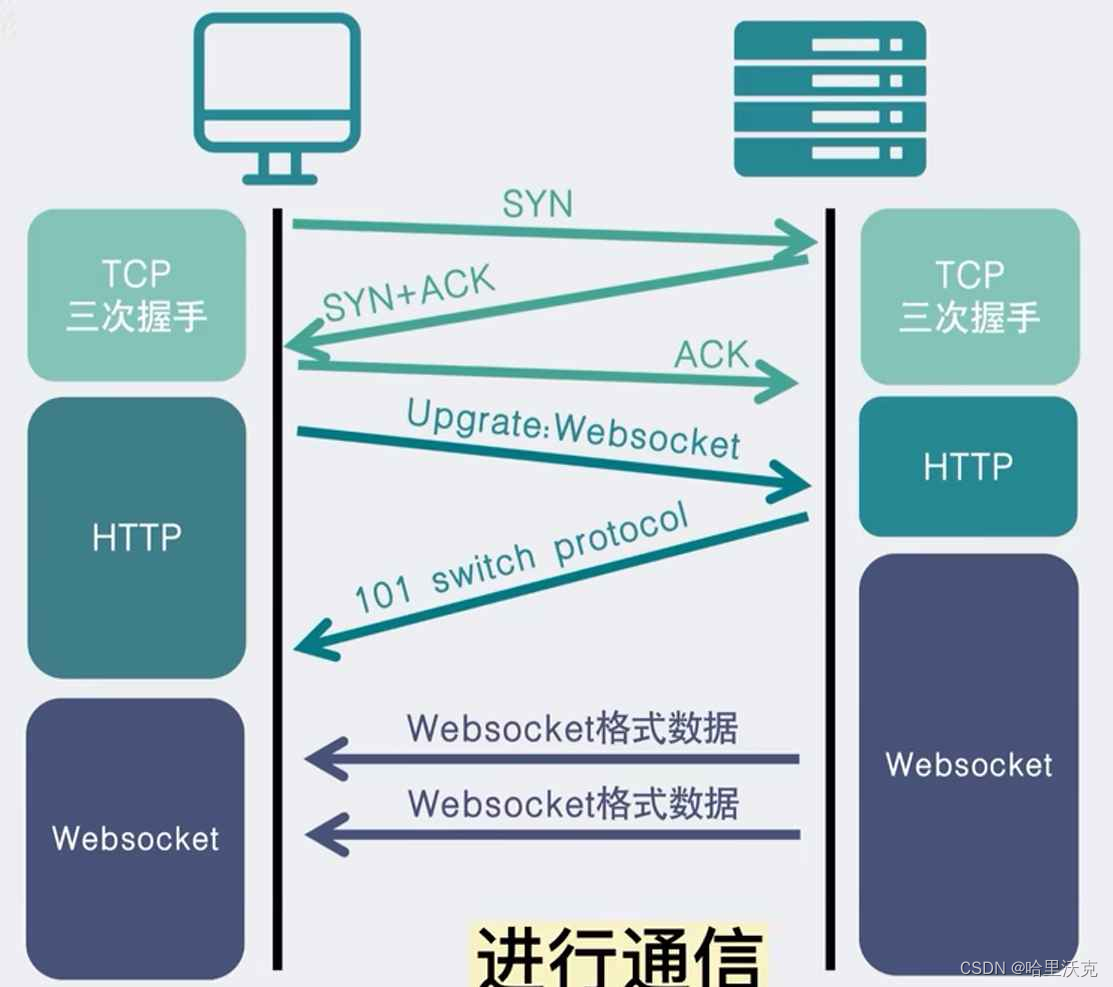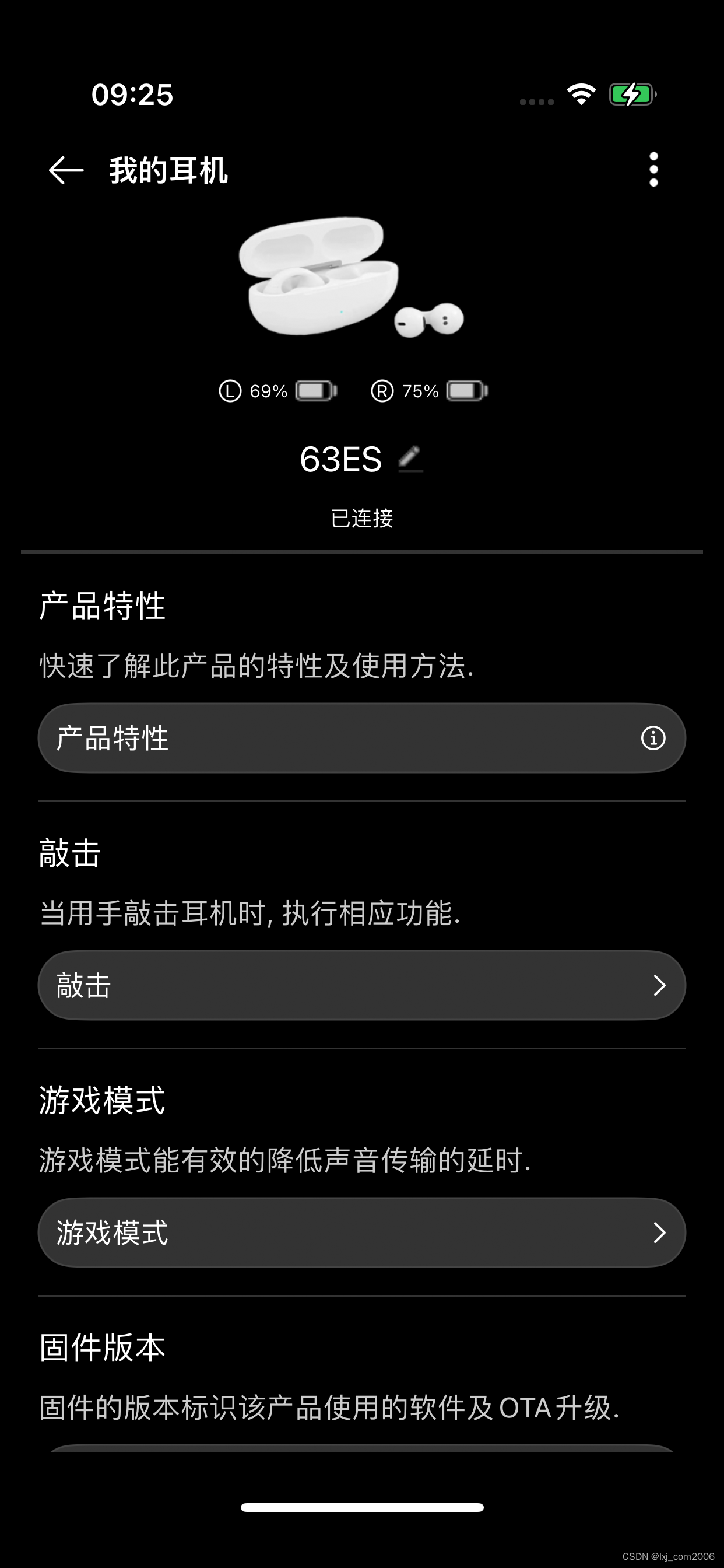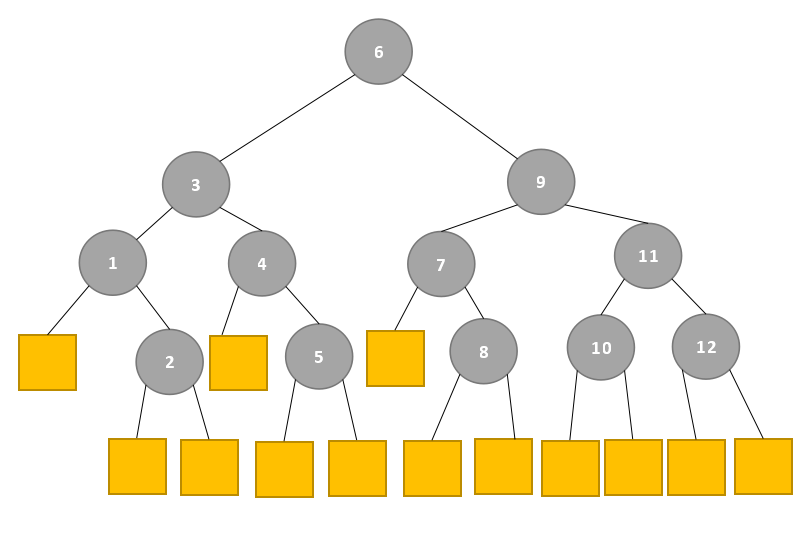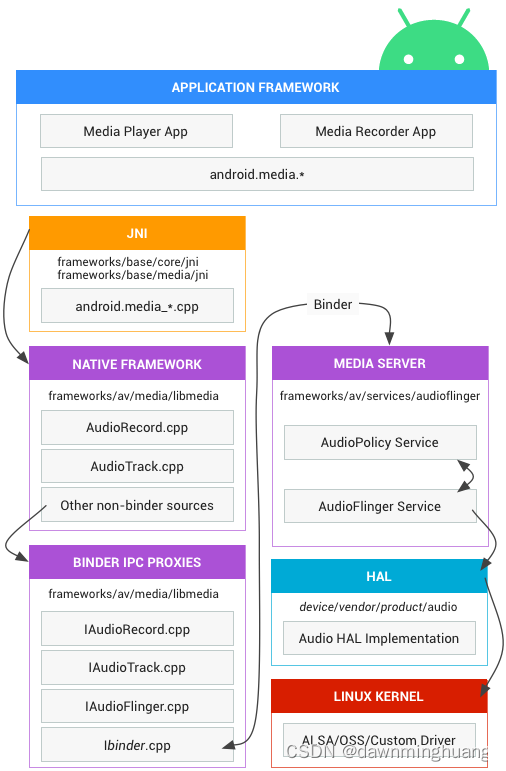C语言中对字符和字符串的处理很是频繁,但是C语言本身是没有字符串类型的,字符串通常放在常量字符串中或者字符数组 中。字符串常量适用于那些对它不做修改的字符串函数。
目录
函数介绍
strlen
strcpy
strcat
strcmp
strncpy
strncat
strncmp
strstr
strtok
strerror
函数介绍
strlen
size_t strlen ( const char * str );1.字符串已经 '\0' 作为结束标志,strlen函数返回的是在字符串中 '\0' 前面出现的字符个数(不包含 '\0' )。
2.参数指向的字符串必须要以 '\0' 结束。
3.注意函数的返回值为size_t,是无符号的( 易错 )
4.学会strlen函数的模拟实现
为了说明3,举个例子:

这里输出大于看起来很奇怪,原因就在于strlen的返回值是size_t类型,是无符号数,因此,-3在内存中的原码被当做无符号数,emmm
//-3
原码:10000000000000000000000000000011
反码:1111111111111111111111111111111111100
补码:1111111111111111111111111111111111101,这个补码会被当做无符号数看待,无符号数九很大了,远大于0!
模拟实现strlen
方法1:计数器
#include <stdio.h>
size_t my_strlen(char* ps)
{
size_t count = 0;
while (*ps != '\0')
{
count++;
ps++;
}
return count;
}
int main()
{
size_t sz = my_strlen("abcdef");
printf("%u\n",sz);
return 0;
}方法2:指针-指针
#include <stdio.h>
size_t my_strlen(char* ps)
{
char* start = ps;
while (*ps)
{
ps++;
}
return ps - start;
}
int main()
{
size_t sz = my_strlen("abcdef");
printf("%u\n",sz);
return 0;
}方法3:递归
#include <stdio.h>
size_t my_strlen(char* ps)
{
if (*ps != '\0')
{
return 1 + my_strlen(ps + 1);
}
else
return 0;
}
int main()
{
size_t sz = my_strlen("abcdef");
printf("%u\n",sz);
return 0;
}
strcpy
char* strcpy(char * destination, const char * source );1.Copies the C string pointed by source into the array pointed by destination, including the
terminating null character (and stopping at that point).
2.源字符串必须以 '\0' 结束。
3.会将源字符串中的 '\0' 拷贝到目标空间。
4.目标空间必须足够大,以确保能存放源字符串。
5.目标空间必须可变。
6.学会模拟实现
模拟实现strcpy
#include <assert.h>
char* my_strcpy(char* dest, char* src)
{
char* ret = dest;
assert(dest != NULL);
assert(dest != NULL);
while (*dest++ = *src++)
{
;
}
return ret;
}strcat
char * strcat ( char * destination, const char * source );1.Appends a copy of the source string to the destination string. The terminating null character
in destination is overwritten by the first character of source, and a null-character is included
at the end of the new string formed by the concatenation of both in destination.
2.源字符串必须以 '\0' 结束。
3.目标空间必须有足够的大,能容纳下源字符串的内容。
4.目标空间必须可修改。
5.字符串自己给自己追加,如何?
模拟实现strcat
#include <string.h>
#include <assert.h>
char* my_strcat(char* dest, const char* src)
{
assert(src && dest);
char* ret = dest;
//1.找目标空间的\0
while (*dest)
{
dest++;
}
while (*dest++ = *src++)
{
;
}
return ret;
}
int main()
{
char arr1[20] = "hello ";
char arr2[] = "world";
my_strcat(arr1, arr2);
printf("%s\n",arr1);
return 0;
}特别提醒:不要自己给自己追加(例如:strcat(arrr1,arr1))!
strcmp
int strcmp ( const char * str1, const char * str2 );1.This function starts comparing the first character of each string. If they are equal to each
other, it continues with the following pairs until the characters differ or until a terminating
null-character is reached.
2.标准规定:
第一个字符串大于第二个字符串,则返回大于0的数字
第一个字符串等于第二个字符串,则返回0
第一个字符串小于第二个字符串,则返回小于0的数字
模拟实现strcmp
int my_strcmp(const char* str1, const char* str2)
{
assert(str1 && str2);
while (*str1 == *str2)
{
if (*str1 == *str2)
return 0;
str1++;
str2++;
}
return *str1 - *str2;
}
int main()
{
int ret = my_strcmp("abc","abc");
printf("%d\n",ret);
return 0;
}总结:strcpy、strcat、strcmp是长度不受限制的字符串函数,接下来说几个长度受限制的字符串函数:strncpy、strncat、strncmp
strncpy
1.Copies the first num characters of source to destination. If the end of the source C string
(which is signaled by a null-character) is found before num characters have been copied,
destination is padded with zeros until a total of num characters have been written to it.
2.拷贝num个字符从源字符串到目标空间。
3.如果源字符串的长度小于num,则拷贝完源字符串之后,在目标的后边追加0,直到num个
strncat
char * strncat ( char * destination, const char * source, size_t num );Appends the first num characters of source to destination, plus a terminating null-character.
If the length of the C string in source is less than num, only the content up to the terminating
null-character is copied
#include <stdio.h>
#include <string.h>
int main ()
{
char str1[20];
char str2[20];
strcpy (str1,"To be ");
strcpy (str2,"or not to be");
strncat (str1, str2, 6);
puts (str1);
return 0;
}strncmp
int strncmp ( const char * str1, const char * str2, size_t num );比较到出现另个字符不一样或者一个字符串结束或者num个字符全部比较完。

int main()
{
char arr1[] = "abcqwertyuiop";
char arr2[] = "abcdef";
printf("%d\n", strncmp(arr1, arr2, 4));
return 0;
}strstr
char * strstr ( const char *str1, const char * str2);Returns a pointer to the first occurrence of str2 in str1, or a null pointer if str2 is not part of
str1
int main ()
{
char str[] ="This is a simple string";
char * pch;
pch = strstr (str,"simple");
strncpy (pch,"sample",6);
puts (str);
return 0;
}模拟实现strstr
char* my_strstr(const char* str1, const char* str2)
{
char* cp = str1;
char* s1 = str1;
char* s2 = str2;
while (*cp)
{
s1 = cp;
s2 = str2;
while (*s1 && *s2 && *s1 == *s2)
{
s1++;
s2++;
}
if (*s2 == '\0')
return cp;
cp++;
}
return NULL;
}
int main()
{
char arr1[] = "abbbcdef";
char arr2[] = "bbc";
char* ret = my_strstr(arr1, arr2);
if (ret != NULL)
printf("%s\n", ret);
else
printf("找不到\n");
return 0;
}strtok
char * strtok ( char * str, const char * sep );1.sep参数是个字符串,定义了用作分隔符的字符集合
2.第一个参数指定一个字符串,它包含了0个或者多个由sep字符串中一个或者多个分隔符分割的标记。3.strtok函数找到str中的下一个标记,并将其用 \0 结尾,返回一个指向这个标记的指针。(注:strtok函数会改变被操作的字符串,所以在使用strtok函数切分的字符串一般都是临时拷贝的内容并且可修改。)
4.strtok函数的第一个参数不为 NULL ,函数将找到str中第一个标记,strtok函数将保存它在字符串中的位置。
5.strtok函数的第一个参数为 NULL ,函数将在同一个字符串中被保存的位置开始,查找下一个标记。
6.如果字符串中不存在更多的标记,则返回 NULL 指针
int main()
{
char arr[] = "apeng@yuii.net@666";
char copy[30];
strcpy(copy, arr);
char sep[] = "@.";
char* ret = NULL;
for (ret = strtok(copy, sep); ret != NULL; ret = strtok(NULL, sep))
{
printf("%s\n",ret);
}
/*char* ret = strtok(copy, sep);
printf("%s\n",ret);
ret = strtok(NULL, sep);
printf("%s\n", ret);
ret = strtok(NULL, sep);
printf("%s\n", ret);*/
return 0;
}strerror
char * strerror ( int errnum );返回错误码,所对应的错误信息。库函数在执行时,发生了错位会将一个错误码存放在errno这个变量中,errno是C语言提供的一个全局变量
#include <stdio.h>
int main()
{
int i = 0;
for (i = 0; i < 10; i++)
{
printf("%d:%s\n", i, strerror(i));
}
return 0;
}int main()
{
FILE* pf = fopen("data.txt","r");
if (pf == NULL)
{
//perror("fopen");
printf("fopen:%s\n",strerror(errno));
}
fclose(pf);
return 0;
}字符分类函数:isupper(),islower(),isalpha()
字符转换:tolower(),toupper()
